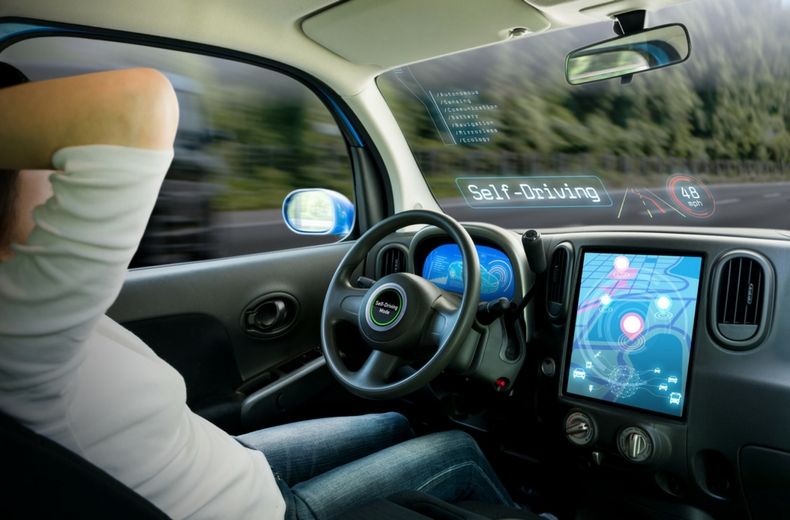Written By: Michael Warfe and Leah Burlock, Summer Student
Via: TheNextWeb
Public safety is said to be the top priority for the development of autonomous vehicles. With human error accounting for the vast majority of motor vehicle crashes, advocates for the autonomous vehicle technology tout the prospect of eliminating crashes entirely. The performance record of autonomous vehicles as measured against expected safety standards therefore weighs heavily on developers and consumers of the new technology. The recent death of Elaine Herzberg underscores how the expectations of these consumers and developers might be unrealistic.
The crash in Tempe, Arizona on March 18, 2018 which killed Elaine Herzberg was the first fatality involving a pedestrian and an autonomous vehicle in the United States.[1] Following the crash, Uber suspended its autonomous vehicle testing programs in Arizona, Pittsburgh, San Francisco and Toronto. The New York Times reported that the company’s documents describe a testing program riddled with issues, including vehicles having difficulty driving through construction zones.[2] Although the car’s sensors detected Ms. Herzberg, its software, which decides how the vehicle ought to react, was allegedly tuned too far in favour of ignoring objects in its path which might be “false positives” (such as plastic bags or other road debris).[3]
Mr. Christian Wolmar, author of Driverless Cars: a Road to Nowhere, observed, “[D]riverless cars will not be accepted if there is a perception that they are not 100% safe. Of course new technology has blips, but this one, that no one has particularly asked for, is being sold on the basis that it is much safer.”[4] Mr. John M. Simpson, Privacy and Technology Project Director with Consumer Watchdog, reported “the collision highlighted the need for tighter regulations of the nascent technology. The robot cars cannot accurately predict human behaviour, and the real problem comes in the interaction between humans and the robot vehicles.”[5] Nevertheless, the development of the technology presses on, with Britain’s largest car maker, Jaguar Land Rover Ltd., planning a demonstration of its autonomous brake system notwithstanding the death of Ms. Herzberg. [6]
Self-driving vehicles will likely never entirely eliminate motor vehicle crashes. Like human judgment, technology is not perfect. The tragic death of Ms. Herzberg reflects this reality. It may therefore be that the expectations of consumers and developers must change: autonomous vehicles undoubtedly present us with a unique opportunity to make our roads a safer place however an expectation of perfection is unrealistic. Instead of asking whether the technology will eliminate crashes entirely, a better question might be whether a significant albeit imperfect improvement in road safety is worthy of popular support. It almost certainty is.
The technology of autonomous vehicles and its track record should continue to be closely scrutinized by the public and lawmakers. Where there is wrongdoing involving a self-driving vehicle that results in a casualty there ought to be a legal remedy available to victims and their families. Uber reportedly settled with the family of Ms. Herzberg for an undisclosed amount. We cannot expect autonomous vehicles to be perfectly safe—there will always be the possibility of error—but we can expect them to be accountable. We as consumers ought to ensure that before these vehicles hit our roads the appropriate measures and standards are in place to ensure that improving public safety remains the top priority.
For more information on autonomous vehicles and personal injury law, please click here.
[1] Samuel Gibbs, “Uber’s Self-Driving Car Saw the Pedestrian but Didn’t Swerve- Report” (8 May 2018), The Guardian.
[2] Associated Press, “Arizona suspends Uber’s Self-Driving Car Testing after Fatality” (27 March 2018), The Guardian.
[3] Supra note 1.
[4] Gwyn Topham, “UK Self-Driving Car Trials Continue Despite Death of US Pedestrian” (20 March 2018), The Guardian.
[5] Sam Levin and Julia Carrie Wong, “Self-Driving Uber Kills Arizona Woman in First Fatal Crash Involving Pedestrian” (19 March 2018), The Guardian.
[6] Supra note 4.






